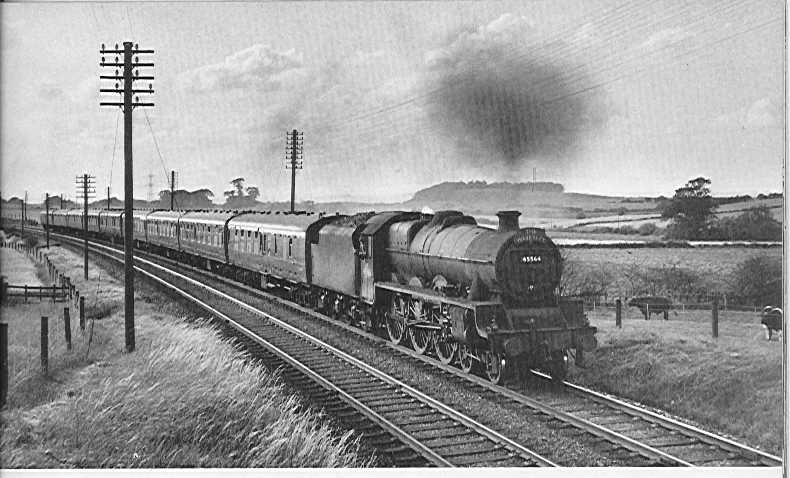

“It was almost like a ‘Yellow Pages’ for black businesses,” Taylor said.

The guide was published through 1967 - three years after the Civil Rights Act of 1964 outlawed discrimination and racial segregation in public facilities.

The annual travel guide for African Americans during the Jim Crow era of legalized segregation included restaurants, hotels, stores, banks and other businesses - many black-owned, including Charlie’s Place - throughout the U.S., where they could be served and protected from violence. The focus of her work is the “Negro Motorist Green Book,” aka the “Green Book,” created in 1936 by New York postal worker Victor Hugo Green. Now based in Harlem, New York, Taylor will return to her hometown to discuss her work during an appearance at Gramercy Books in Bexley at 7 p.m. … They did not want black people demanding that they should be treated equally,” said author, photographer and Columbus native Candacy Taylor, who relates Fitzgerald’s story in her new book, “Overground Railroad: The Green Book and the Roots of Black Travel in America.” ″(Charlie) had a lot of power in that community as a black man. Billie Holiday, Ray Charles and Little Richard were just some of the legendary performers who graced its stage.īut the good times were interrupted one night in 1950, when members of the Ku Klux Klan injured several people by shooting 400 rounds of ammunition into the club they also kidnapped the owner, Charlie Fitzgerald, and cut off parts of his earlobes. on Thursday.įrom the 1930s through the 1960s, Charlie’s Place was a popular, African American-owned nightclub in Myrtle Beach, South Carolina. The book also includes an author's note, endnotes, bibliography, timeline, and index.The Harlem-based author, who grew up in Columbus, explored the history of the “Green Book,” a guide for black travelers during segregation. This young reader's edition of Candacy Taylor’s critically acclaimed adult book Overground Railroad includes her own photographs of Green Book sites, as well as archival photographs and interviews with people who owned and used these facilities. It took courage to be listed in the Green Book, and the stories from those who took a stand against racial segregation are recorded and celebrated. It was a resourceful and innovative solution to a horrific problem.

The Green Book listed hotels, restaurants, department stores, gas stations, recreational destinations, and other businesses that were safe for Black travelers. Because of segregation, Black travelers couldn’t eat, sleep, or even get gas at most white-owned businesses. Overground Railroad chronicles the history of the Green Book, which was published from 1936 to 1966 and was the “Black travel guide to America.” For years, it was dangerous for African Americans to travel in the United States. A young reader's edition of Candacy Taylor’s acclaimed book about the history of the Green Book, the guide for Black travelers


 0 kommentar(er)
0 kommentar(er)
